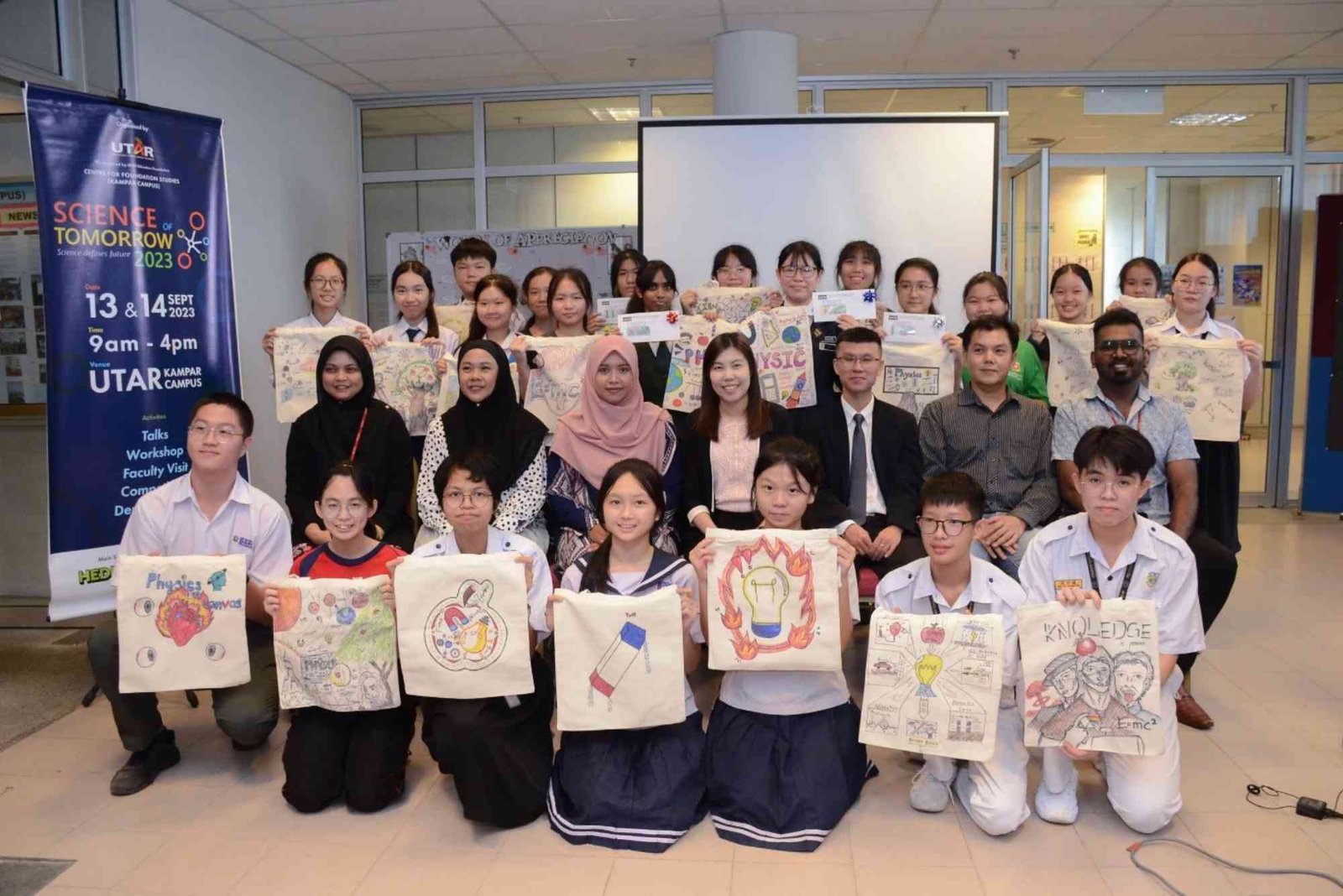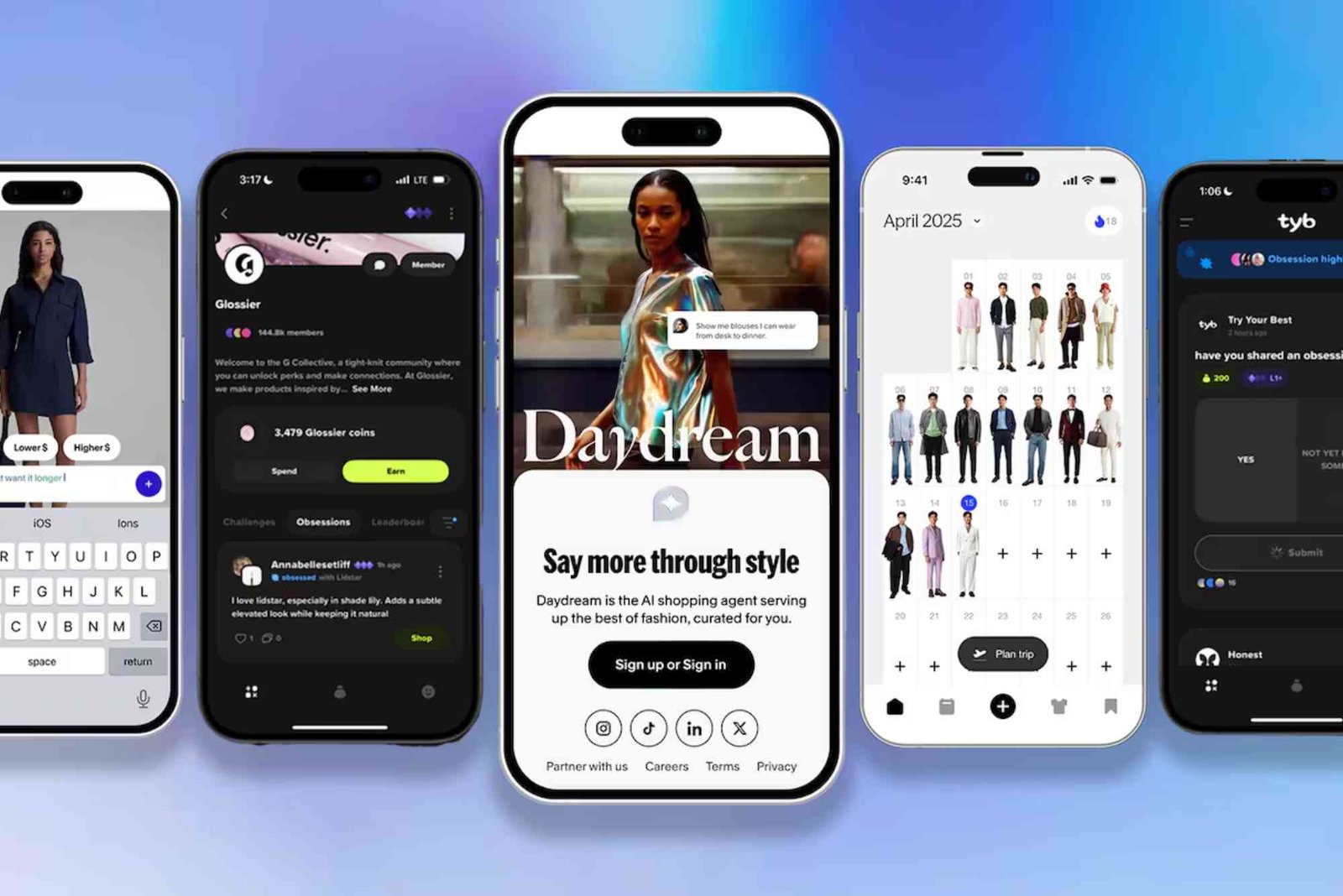Introduction
In a world where innovation meets comfort, understanding the science of consolation and sturdiness is more important than ever. Whether designing furniture, shoes, technology, or architecture, the harmony between comfort (consolation) and strength (sturdiness) defines the quality and longevity of a product or experience. These two principles aren’t opposites—they complement each other, shaping the way we interact with the things we use daily. In this comprehensive guide, we’ll explore how science, design psychology, and material innovation come together to create products that offer both lasting strength and human-centered comfort.
Understanding Consolation and Sturdiness
The term consolation refers to physical and emotional comfort—how something feels to the user. In contrast, sturdiness relates to durability, resilience, and reliability over time. When these elements are balanced, the result is a product that not only lasts but also enhances the user’s overall experience.
For instance, a shoe designed with ergonomic cushioning offers consolation, while high-quality stitching and sole materials ensure sturdiness. Similarly, in architecture, well-engineered structures balance softness in interior spaces with external strength to withstand wear and time. This equilibrium defines excellence in modern design.
The Psychology Behind Consolation
Consolation is deeply rooted in human psychology. Our senses play a key role in how we perceive comfort. Soft textures, ergonomic designs, and natural materials can evoke feelings of safety and relaxation. The science of comfort studies how temperature, pressure, and tactile feedback influence our satisfaction with a product or environment. For example, car manufacturers spend years studying seat ergonomics to provide maximum support while maintaining comfort over long drives.
In branding and product design, offering consolation also means understanding emotional connection. People are drawn to things that make them feel secure, relaxed, or emotionally uplifted. A soft color palette, curved design edges, or gentle fabric choices can subconsciously enhance the sense of comfort.
Engineering Sturdiness Through Science
Sturdiness isn’t just about toughness—it’s about intelligent design. Material science has evolved tremendously, allowing manufacturers to create lightweight yet durable materials. From reinforced carbon fiber to advanced polymers, technology helps achieve sturdiness without compromising flexibility. Engineers focus on testing tensile strength, fatigue resistance, and environmental endurance to ensure a product’s longevity.
In construction, sturdiness ensures safety and stability. Buildings are now designed using simulations that predict stress points and potential weaknesses before actual construction begins. This scientific approach prevents premature wear and failure, enhancing structural reliability.
Balancing Comfort and Durability in Modern Design
Balancing consolation and sturdiness requires thoughtful integration of both elements from the beginning of the design process. A product can’t simply be soft without structure, nor strong without usability. Designers and engineers collaborate to find the perfect ratio of comfort and durability—what experts often call the “sweet spot of usability.”
For example, in modern furniture design, memory foam provides comfort, while steel or solid wood frames offer long-lasting sturdiness. Similarly, in technology, smartphones are designed with sleek, ergonomic designs for user comfort, but reinforced with aluminum or Gorilla Glass to resist damage.
This concept extends to other industries as well. In fashion, durable stitching and high-quality fabrics maintain sturdiness, while tailored fits and breathable materials enhance consolation. The most successful products seamlessly merge both qualities into a single, cohesive experience.
Scientific Advances in Material Comfort and Strength
Recent technological innovations have made it possible to enhance both consolation and sturdiness simultaneously. Smart materials that adapt to temperature, pressure, or movement have revolutionized industries. For instance, memory foams, adaptive textiles, and shape-memory alloys adjust to human behavior and environmental changes, ensuring prolonged comfort and structural integrity.
Research in biomechanics and ergonomics has also contributed significantly. Scientists now study human postures, motion, and muscular responses to create designs that align with natural movement patterns. This not only reduces fatigue but also extends product lifespan by minimizing wear and tear.
Nanotechnology has further improved material sturdiness. Nano-coatings resist water, dirt, and bacteria, making surfaces both easy to clean and longer-lasting. These innovations highlight how science bridges the gap between comfort and endurance.
Consolation and Sturdiness in Everyday Life
From the mattress you sleep on to the chair you sit in at work, the combination of consolation and sturdiness affects your health and productivity. A poorly designed chair may look sturdy but can cause back pain without ergonomic support. Conversely, an overly soft chair may feel comfortable initially but degrade quickly. The key is achieving both short-term comfort and long-term reliability.
Even in digital experiences, the concept applies. Websites and apps are now designed to be both visually soothing (consolation) and technically robust (sturdiness). Fast loading times, intuitive navigation, and pleasing color schemes enhance user satisfaction while ensuring durability of performance.
Lessons from Nature: The Perfect Balance
Nature provides countless examples of balancing sturdiness and consolation. Consider bamboo—it’s lightweight, flexible, and comfortable to touch, yet remarkably strong and durable. Similarly, the structure of the human body combines soft tissues for flexibility and bones for strength. Designers and scientists often draw inspiration from these natural models to create resilient and comfortable products.
Why Businesses Should Care About This Balance
For brands and businesses, the intersection of consolation and sturdiness directly impacts consumer trust and retention. Products that fail prematurely damage reputation, while those that are uncomfortable lose appeal. Modern consumers look for experiences that provide value over time—comfort, aesthetics, and reliability all rolled into one.
Marketers and advertisers can also learn from this science. In campaigns such as What Is Media Planning In Advertising and Top Tips: What Is Media Planning, messaging that emphasizes durability, comfort, and human benefit tends to perform better. The same applies to video marketing, where understanding audience emotion and message strength aligns perfectly with What Is Video Advertising — A comprehensive perspective.
How to Apply the Science in Product Development
Incorporating consolation and sturdiness starts with user research. Understanding who will use the product and how they will use it provides essential insight into design direction. Testing prototypes under real-world conditions reveals where to enhance either comfort or durability.
For example, in footwear manufacturing, pressure-mapping technology identifies where additional cushioning is needed, while impact tests measure outsole strength. This scientific approach ensures users get the best of both worlds. The same principle applies in home appliances, automotive design, and digital product development—where performance testing ensures reliability and user comfort.
Emotional Durability: A New Perspective
While physical durability is measurable, emotional durability is equally important. A product that makes users feel emotionally connected tends to last longer in their lives. This emotional bond reduces waste, fosters loyalty, and enhances brand reputation. Designers are now crafting experiences that age gracefully—where minor wear becomes part of the product’s story rather than a flaw.
Emotional durability often comes from thoughtful design touches—textures that feel personal, shapes that evoke nostalgia, and colors that calm or energize. Combining emotional resonance with physical sturdiness forms a deeper, more sustainable relationship between humans and products.
Future Trends: The Next Evolution of Comfort and Strength
The future of consolation and sturdiness lies in sustainability and adaptability. Eco-friendly materials, biodegradable composites, and recyclable structures are becoming the foundation of durable yet comfortable design. Companies are also experimenting with AI-driven customization to enhance user comfort on an individual level.
Imagine a chair that adjusts its firmness based on your posture or a sneaker that modifies its sole cushioning during a run. These advancements are not far off—they are part of the growing movement toward intelligent, adaptive comfort and lasting endurance.
FAQs
What does consolation mean in design?
Consolation refers to the comfort or ease a user feels while interacting with a product or environment. It’s both physical and psychological, influencing satisfaction and usability.
How is sturdiness tested in modern products?
Sturdiness is measured through stress, fatigue, and impact testing. Engineers simulate real-life conditions to ensure the product can withstand prolonged use and environmental challenges.
Can comfort and durability coexist?
Yes, through careful material selection and ergonomic design, comfort and durability can be balanced effectively without one compromising the other.
Why is emotional durability important?
Emotional durability builds long-term relationships between people and products, encouraging care, repair, and reuse rather than disposal.
How does sustainability tie into sturdiness?
Sustainable products are designed to last longer and minimize waste. Durable materials reduce the need for frequent replacements, supporting environmental responsibility.
The science of consolation and sturdiness is about achieving equilibrium between human comfort and mechanical resilience. When done right, it transforms ordinary products into exceptional experiences—lasting, meaningful, and emotionally engaging. Whether you’re a designer, engineer, or consumer, understanding this balance helps you make better choices that stand the test of time.
Embrace innovation, trust the science, and strive for creations that are not only strong but comforting—proof that true durability lies not just in endurance, but in the ability to make life easier and more enjoyable.




